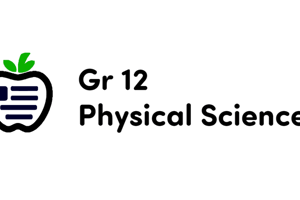Podcast
Questions and Answers
What is the significance of the angle 33° in the context of the inclined block?
What is the significance of the angle 33° in the context of the inclined block?
- It shows the angle of friction acting on the block.
- It indicates the slope of the incline. (correct)
- It determines the normal force applied to the block.
- It is the resultant angle of forces acting on the block.
Which force will primarily affect the acceleration of the blocks m1, m2, and m3 in diagram 2?
Which force will primarily affect the acceleration of the blocks m1, m2, and m3 in diagram 2?
- The normal force applied to each block.
- The weight of each block.
- The net horizontal forces acting on them. (correct)
- The frictional force between the blocks.
In mechanics, what does the term 'equilibrium' imply for the blocks in the diagrams?
In mechanics, what does the term 'equilibrium' imply for the blocks in the diagrams?
- The blocks are only affected by gravitational force.
- The net force acting on the blocks is zero. (correct)
- The blocks are in motion without any forces acting on them.
- The blocks are accelerating at their maximum speed.
What might indicate the presence of friction between the blocks in diagram 2?
What might indicate the presence of friction between the blocks in diagram 2?
What role does the force F=100 play in diagram 1?
What role does the force F=100 play in diagram 1?
Flashcards are hidden until you start studying
Study Notes
Diagram 1
- A block with a mass of 10 units is positioned on an inclined plane with an angle of 33°.
- A force of 100 units is acting on the block.
- The diagram is incomplete and lacks information about the forces acting on the block due to its position on the incline (e.g., gravitational force, normal force, frictional force).
Diagram 2
- Three blocks, labelled m1, m2, and m3, are arranged horizontally.
- Forces are acting on the blocks at points N1, N2, and N3.
- The forces are labelled with arrows, indicating their direction and magnitude (F=20).
- An angle of 53° is indicated, suggesting that the forces might be acting at an angle to the horizontal.
- The diagram lacks information about the dimensions, potentially including the lengths of the blocks or the distances between them.
Potential Concepts
- The diagrams likely depict scenarios related to forces, motion, and equilibrium.
- Possible concepts include:
- Resolution of forces: Breaking down forces into their components.
- Forces acting on objets (e.g. gravitational force, normal force, frictional force).
- Simple machines: Inclined planes.
- Equilibrium: Balancing forces for a stationary object.
- Force transmission: How forces are transferred through a system.
- Friction: Forces resisting motion.
- Acceleration: Change in velocity over time.
Studying That Suits You
Use AI to generate personalized quizzes and flashcards to suit your learning preferences.




